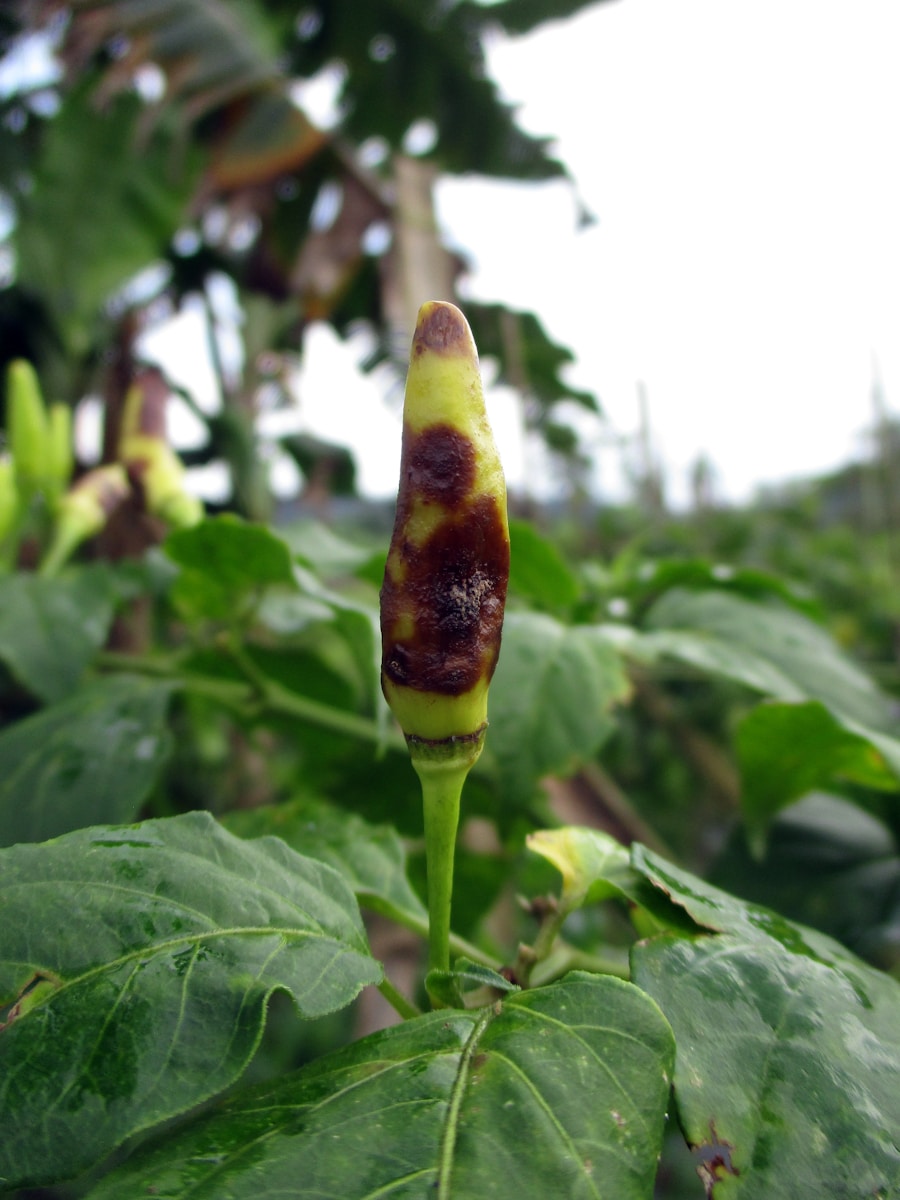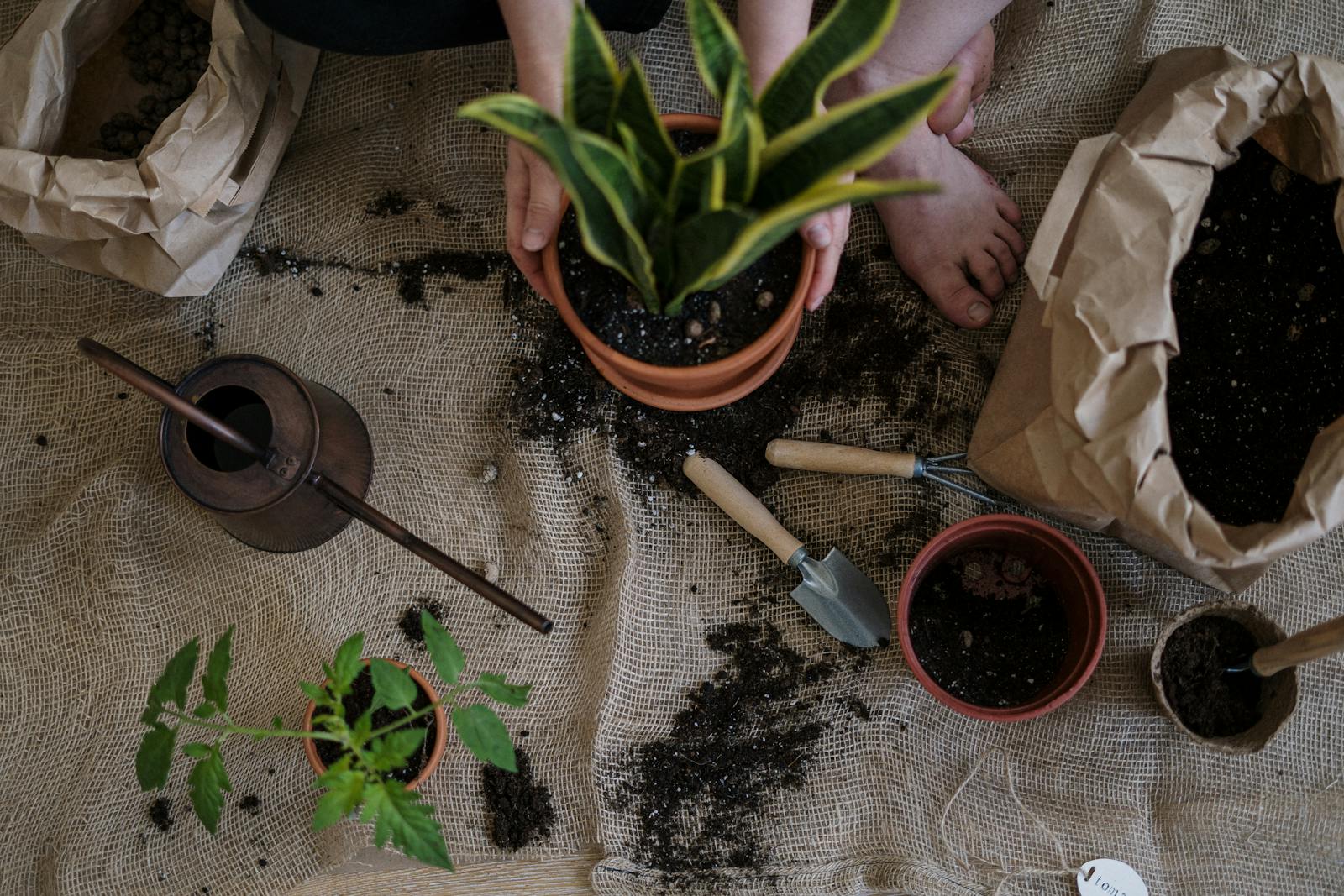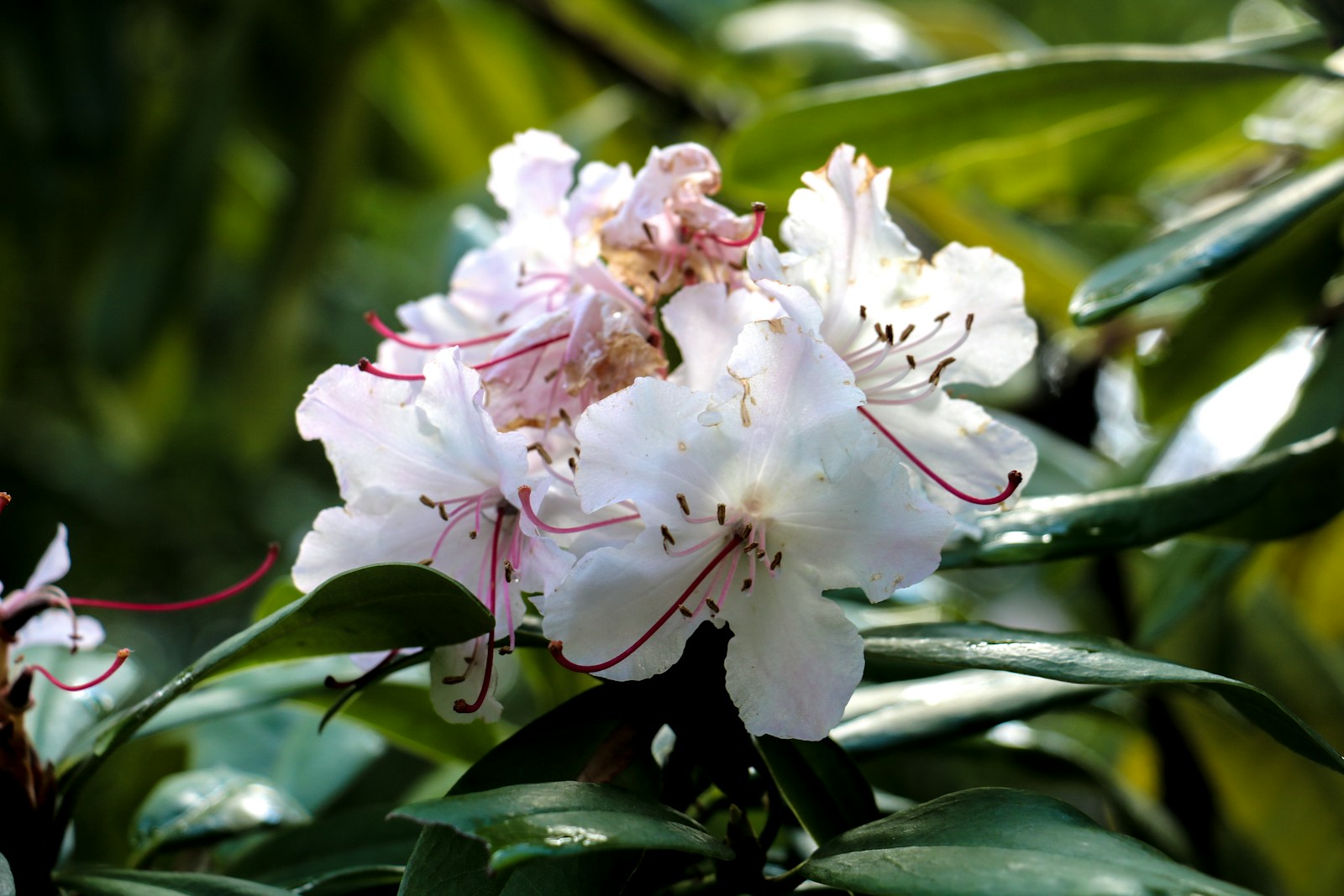How to Identify and Treat Plant Diseases
Recognizing the First Signs of Trouble
Identifying and treating plant diseases starts with observation. The earliest signs often include yellowing leaves, wilting, stunted growth, spots, or powdery coatings. These changes may appear on foliage, stems, or fruit.
Early detection allows for quick response, minimizing damage and preventing spread to nearby plants. Consistent visual inspections, especially on the undersides of leaves and along stems, are essential for maintaining a healthy garden.
Keeping a garden journal helps track symptoms and link issues to weather patterns or watering habits.
Understanding Common Disease Types
Most plant diseases fall into fungal, bacterial, or viral categories. Fungal infections, such as powdery mildew or rust, are the most common and usually thrive in humid conditions. Bacterial diseases like blight often spread rapidly through wounds or splashing water.
Viral diseases, including mosaic viruses, distort leaves and stunt growth but cannot be cured once a plant is infected. Knowing the disease category helps determine the most effective treatment strategy.
Visual cues, growth patterns, and environmental triggers all offer clues to identify the root cause accurately.
Preventing Disease Through Garden Hygiene
Good garden hygiene is the first line of defense against disease. Start by removing diseased leaves and debris from beds and compost piles. Sanitize tools between uses, especially after pruning infected plants.
Avoid overhead watering to reduce leaf moisture and space plants to allow airflow. Healthy soil also boosts plant immunity, so add compost and rotate crops each season to prevent disease buildup.
Clean, well-organized gardens are less inviting to pathogens and easier to monitor for potential outbreaks.
Natural Treatments for Fungal Issues
Fungal diseases like powdery mildew and leaf spot are manageable with natural remedies. A common treatment is a baking soda spray made from 1 teaspoon of baking soda, a few drops of soap, and 1 quart of water.
Spray affected plants weekly, especially during humid periods. Neem oil also offers broad-spectrum antifungal properties and doubles as an insect deterrent.
Use treatments in the early morning or late evening and reapply after rain for best results.
Addressing Bacterial and Viral Infections
Bacterial diseases often spread through contaminated soil, tools, or water. Treating them involves removing infected plants and improving garden practices to prevent recurrence. Copper-based sprays can slow bacterial growth but won’t reverse damage.
Viruses require removing and destroying infected plants to protect the rest of the garden. Avoid planting susceptible species in the same area for at least a year.
Control insect vectors like aphids and thrips to limit viral transmission between plants.
Using Crop Rotation to Disrupt Disease Cycles
Rotating crops annually is a simple yet powerful way to break disease cycles. Pathogens that affect tomatoes, brassicas, or cucurbits often linger in the soil and intensify if the same plants grow in the same place each year.
Plan your garden in zones and alternate families each season. For example, follow tomatoes with beans or leafy greens. Include cover crops like clover or rye to restore soil health between plantings.
Crop rotation reduces disease buildup, balances nutrients, and promotes resilient garden ecosystems naturally.
Improving Soil Health to Strengthen Immunity
Healthy soil grows strong plants less prone to disease. Boost microbial activity by adding compost, worm castings, and mycorrhizal fungi. These elements improve nutrient uptake and root vigor.
Aerate compacted soil and maintain proper pH levels suited to your crops. Well-structured, living soil supports plants in resisting both pests and pathogens more effectively than synthetic fertilizers alone.
By nurturing your soil, you’re investing in long-term plant immunity and natural disease resistance.
Managing Moisture to Reduce Risk
Too much moisture invites fungal growth, while too little stresses plants and makes them more susceptible to infection. Maintain even soil moisture through mulching and drip irrigation.
Water early in the day to allow leaves to dry before nightfall. Avoid splash watering, which can spread spores and bacteria from soil to foliage.
Balanced watering practices promote healthy roots and minimize conditions favorable to disease development.
Isolating and Monitoring New Additions
Quarantine new plants before introducing them into your garden. Even nursery plants can carry fungal spores, mites, or invisible viruses that infect established beds.
Keep new additions in a separate area for 7–10 days. Monitor for unusual spots, drooping, or discolored leaves. Treat or discard anything showing signs of disease before moving it into your main growing space.
This step is especially important in small gardens where infections spread rapidly due to close planting.
Building a Disease-Resistant Plant List
When planning your garden, prioritize disease-resistant varieties. Many seed catalogs and plant tags indicate cultivars bred to withstand common issues like blight, mildew, and mosaic viruses.
Choose hybrids or heritage varieties known for durability in your climate. Cross-reference with local extension office recommendations for region-specific resistance traits.
Starting with tough, proven genetics is an easy way to lower your risk of disease-related setbacks throughout the season.
Sanitizing Tools and Equipment
Contaminated tools are a major source of disease transmission. Clean pruners, stakes, and trowels with a 10% bleach solution or rubbing alcohol after use, especially when handling infected plants.
Keep gloves, pots, and trays free from soil residues. Disinfect greenhouse benches and cold frames at the end of each season to prevent overwintering pathogens.
Routine sanitation reduces the spread of fungal spores, bacteria, and viruses—protecting your plants from avoidable contamination.
Pruning for Airflow and Disease Prevention
Dense foliage traps moisture and reduces airflow, creating ideal conditions for fungal diseases. Prune plants to remove crowded stems, especially near the base where airflow is restricted.
For vining plants like cucumbers or tomatoes, use vertical supports and trim suckers to increase light penetration. This simple practice can drastically lower your garden’s disease risk.
Pruning also removes early infected leaves, stopping pathogens before they take hold across the entire plant.
Mulching to Protect Soil and Leaves
Mulch acts as a barrier between soil pathogens and plant leaves. Apply organic mulch such as straw, shredded bark, or compost around your plants to reduce soil splash and maintain even moisture levels.
Replace or refresh mulch each season to avoid harboring pests or disease. Avoid piling mulch against stems, which can trap moisture and encourage rot.
This practice supports disease prevention and improves overall garden health and appearance.
When to Remove and Replace Plants
Sometimes the best solution is to remove a severely infected plant. If a plant shows extensive wilting, discoloration, or distorted growth that doesn’t respond to treatment, pull it before the disease spreads.
Dispose of infected plants in the trash—not compost—to prevent lingering spores. Reseed or replant with a resistant variety or unrelated species to rebuild your bed safely.
Making timely decisions prevents major outbreaks and protects the rest of your garden’s productivity.
Creating a Long-Term Plant Health Plan
Consistent care and strategic practices build lasting disease resistance in your garden. Combine observation, sanitation, rotation, and soil care into a seasonal plan. Track what works and adjust over time.
Choose disease-resistant varieties, invest in soil health, and respond early to symptoms. These habits reduce dependency on reactive treatments and foster a balanced, thriving ecosystem.
With experience, you’ll spot issues faster and make informed choices that safeguard your garden naturally.
Frequently Asked Questions
How can I tell if my plant has a fungal disease?
Look for white, gray, or brown spots on leaves, powdery coatings, or fuzzy growth. Wilting despite moist soil and rapid yellowing are also signs of possible fungal infections.
Can I save a plant with a virus?
Unfortunately, viral infections cannot be cured. The best option is to remove and dispose of the plant immediately to prevent spread to nearby crops.
What’s the safest treatment for edible crops?
Neem oil, baking soda spray, and copper-based fungicides are generally safe when applied correctly. Always follow label instructions and avoid spraying just before harvest.
How do I stop disease from spreading between plants?
Isolate infected plants, sanitize tools, and avoid overhead watering. Mulch to prevent soil splash and practice crop rotation to limit recurring problems.
Is it worth buying disease-resistant seeds?
Yes. Disease-resistant varieties reduce your need for intervention and often yield better in challenging conditions. They’re a smart investment for both new and experienced gardeners.
© 2025 GardeningandDecor.com. All rights reserved.



